The concept of how to create a fitness plan doesn’t come easily to everyone. If it’s hard for you to commit to a plan - no matter what it might be - sticking to an exercise plan might seem daunting and sometimes downright unrealistic.
We’re here to tell you that the question of ‘how to build a workout plan’ shouldn’t be intimidating, nor should it feel impossible. It all comes down to taking small steps and keeping tabs on both your mind and your body.
How to Build a Workout Plan
When you think of how to create a fitness plan, what comes to your mind first? The gym, the track, the pool? Before you get this far, consider the value of starting a daily planner.
Surprised? You might be! But when it comes down to it, a daily planner is one of the most powerful tools you can have on your side when it comes to keeping your fitness on track.

Keeping a planner can be a powerful tool when it comes to fitting your workouts around everything else that goes on in your life. We understand how busy and crazy things can be - somehow, things got even more stressful after being stuck at home over the last however-many months. A daily planner can help ease scheduling anxieties, and it can also hold you accountable.
There’s almost no better feeling than that of crossing something off a to-do list. You can get this same feeling when you cross off the workouts that you complete.
It could also be beneficial to log your workouts and relevant stats. Don’t go overboard with this - just jot a few numbers down so you can monitor your progress. Things like time, miles, reps, average speed, and heart rate are all great things to watch and learn from. This way, you can look back on these stats a month or so in the future and see how far you’ve come.
Journaling is also a great way to process your experience as you navigate through starting a workout routine. You can start to keep a record of how your mind works, along with the different patterns and pathways that show up.
Logging That Fitness
The truth of the matter is, this logging doesn’t even have to be done in a daily planner. It could be done on something as simple as a spare piece of paper with a slot for each day of the week stenciled in, just as long as you’re keeping track of your progress.
In your planner (or sheet of paper) write down the workouts and activities you want to do. When it’s all laid out in front of you, you can get a good idea of what the week’s going to look like. Nothing can surprise you if you plan it beforehand. It’s also harder to back out of plans that you made at the start of the week, rather than plans you made at the spur of the moment.
Make sure your goals are realistic. We’ve said it once and we’ll say it a thousand times, but biting off more than you can chew will only make it harder on yourself. Attainable goals will make you want to keep going and see what else you’re capable of next week.
Cross tasks off as you complete them and make notes as you go. At the end of the week, write down a few things that you did well, and a few things that you need to work on for next week. You won’t regret keeping that line of dialogue open between your current and future self.

Journaling: What to Notice
Below are a list of questions to ask yourself or things to notice about how you're feeling. Don’t forget to check in with both your mind and body at the end of a workout, and at the end of the week!
- Am I sore? Where am I sore?
- How did I feel during that last effort?
- How have I been sleeping?
- How have I been feeling after working out?
- Is my appetite changing?
- Do I feel properly fueled during workouts?
- Could I be trying harder? Am I trying too hard?
- Am I holding a proper form during this exercise?
- Am I afraid, or do I just not want to do it?
- Have I been drinking enough water?
- Am I taking time to properly rest and recover?
- Am I enjoying this activity?
- Do I need another goal? Do I have too many goals?
- Should I learn a little more before I try this?
*These statements have not been evaluated by the FDA. Protekt products are not intended to diagnose, treat, cure, or prevent any disease.
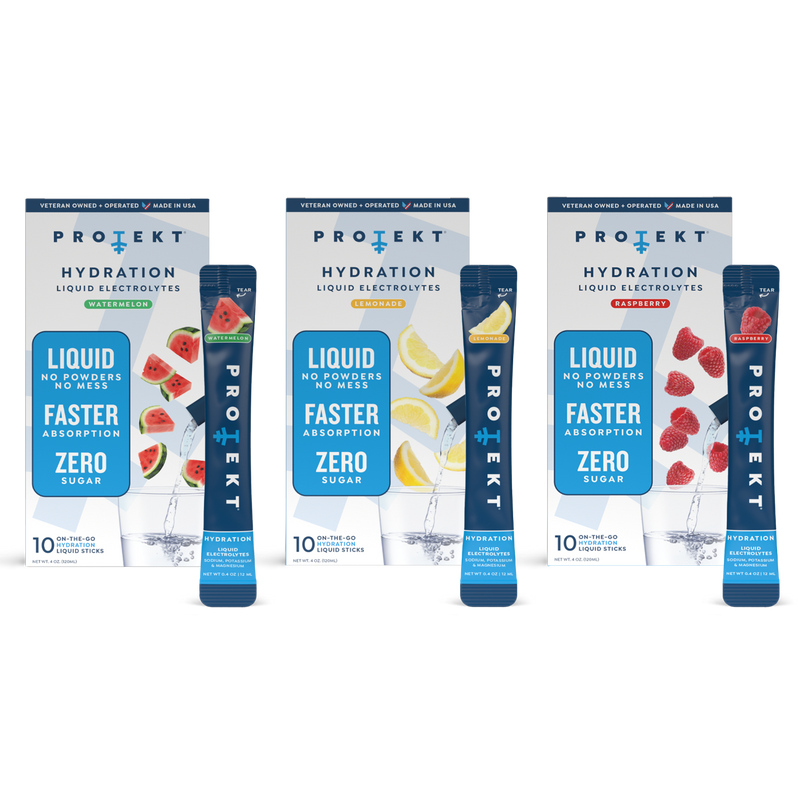
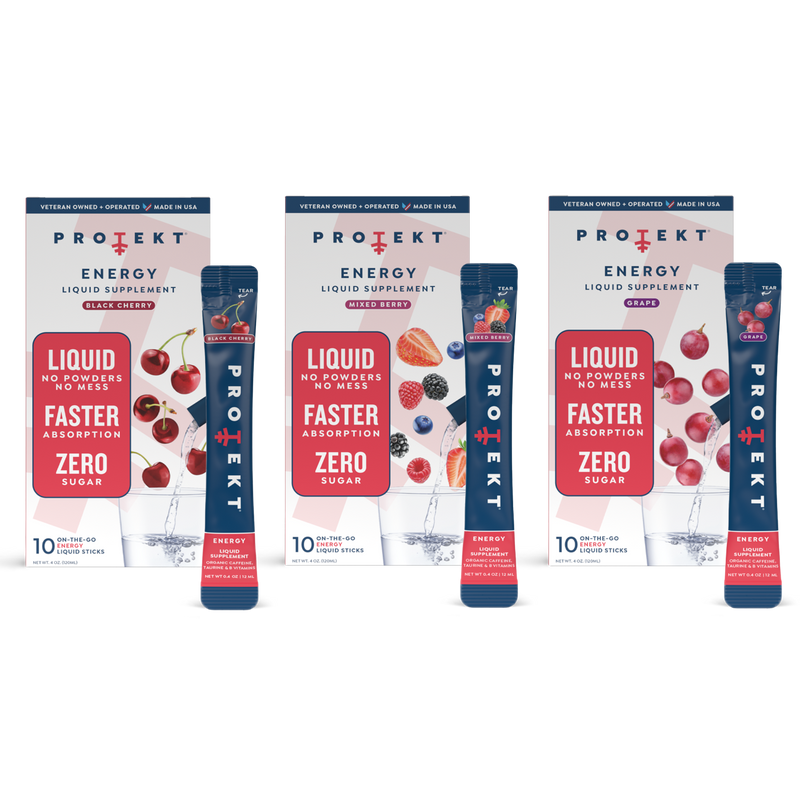

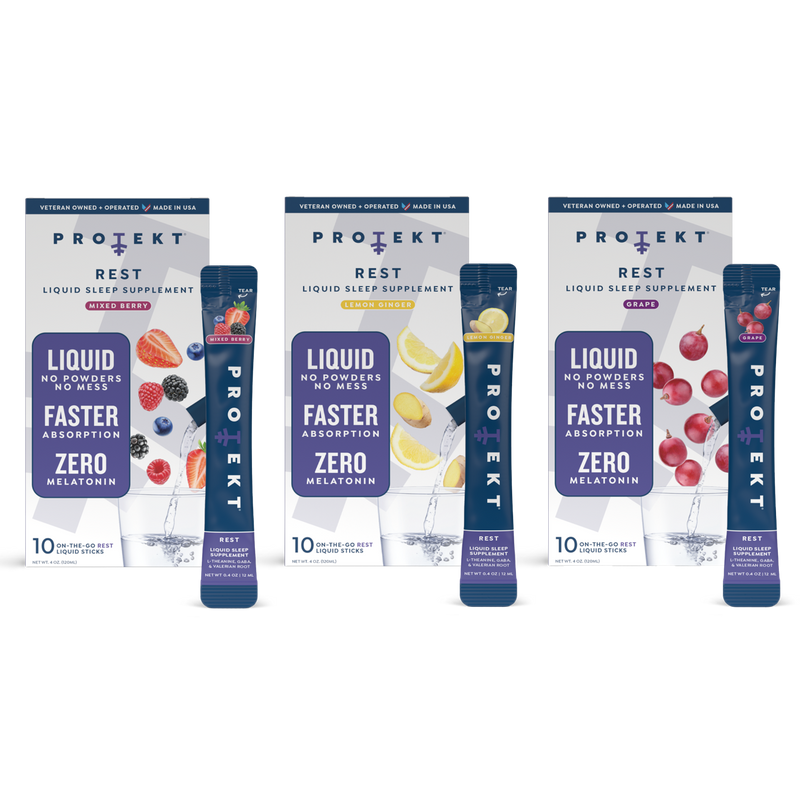



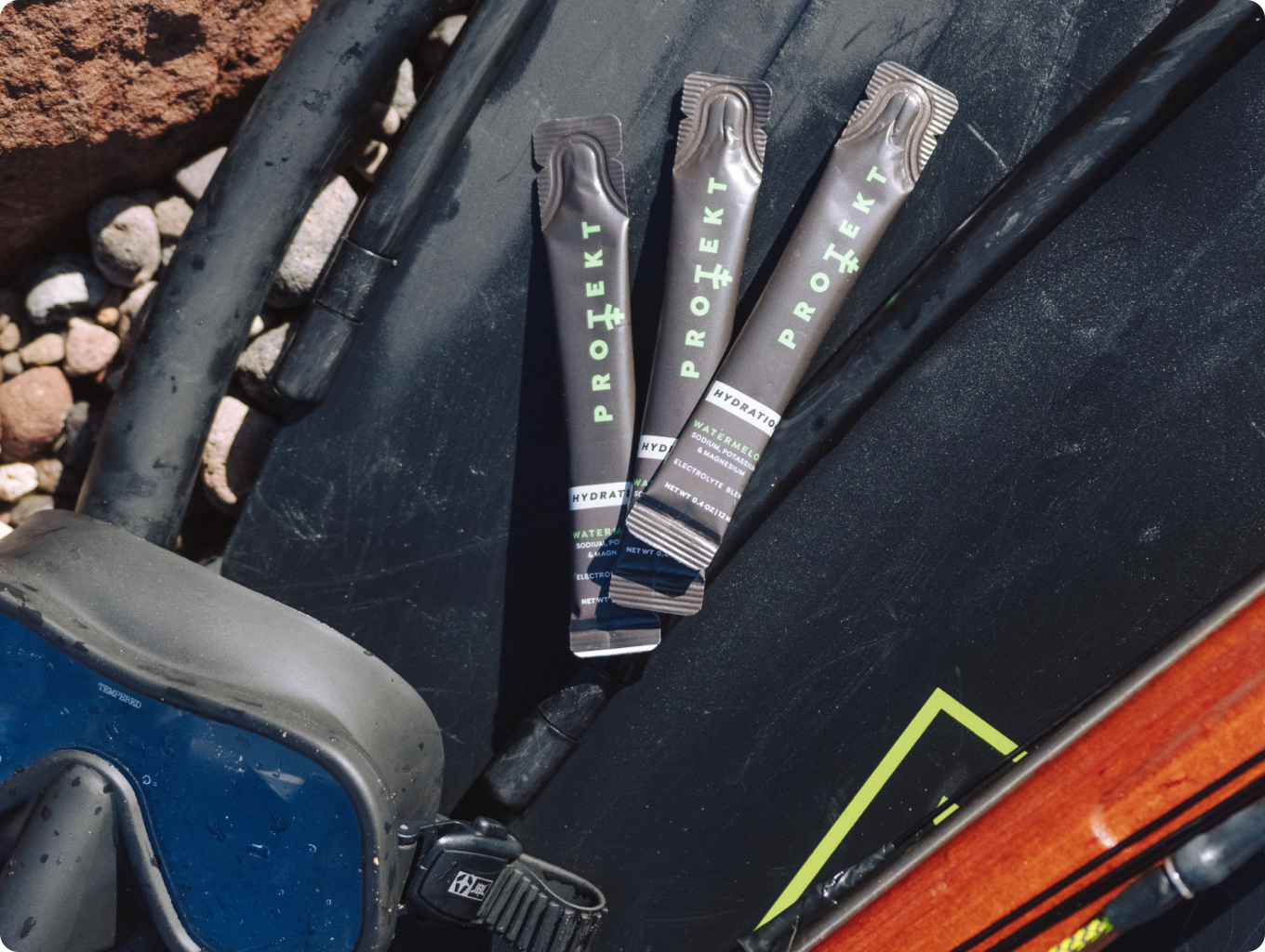






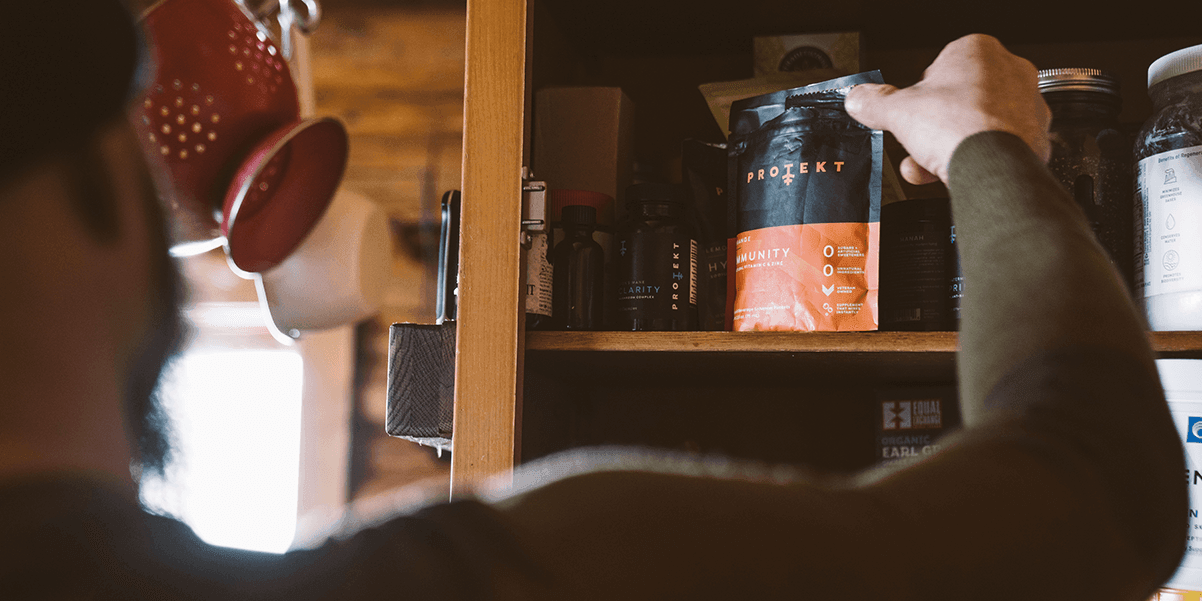
Leave a comment
All comments are moderated before being published.
This site is protected by hCaptcha and the hCaptcha Privacy Policy and Terms of Service apply.